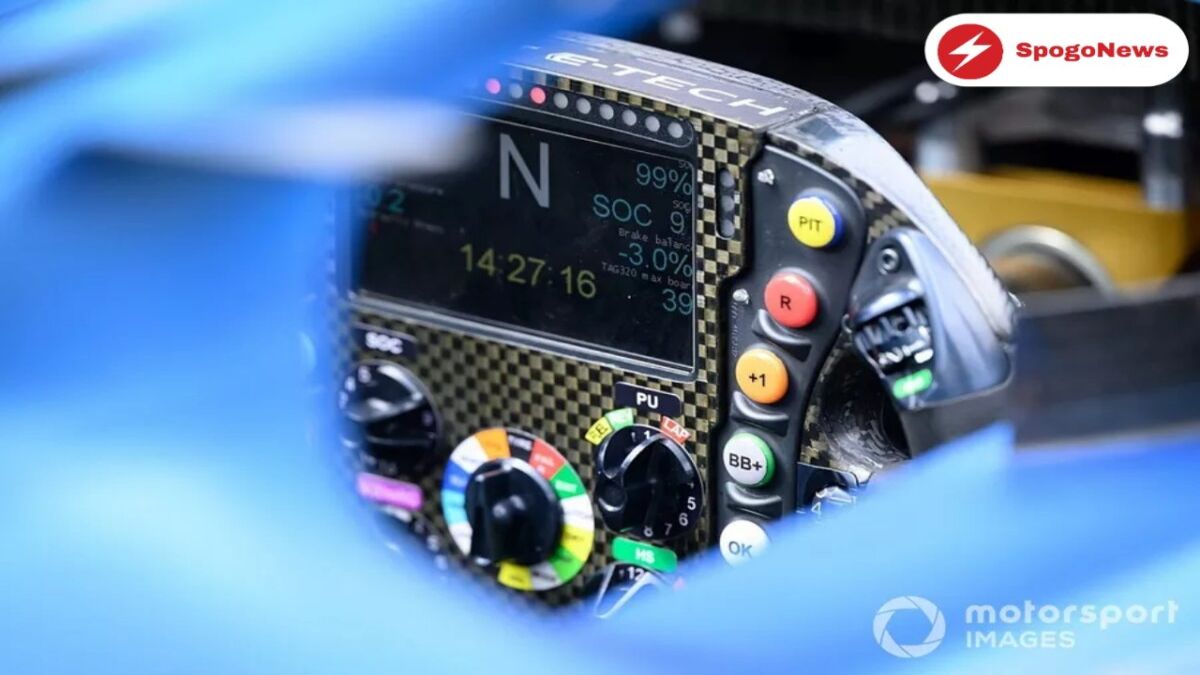(Motorsports news) Despite the declared 100-race strategy that Szafnauer and his colleagues had put in place, Alpine owners Renault want to see the team succeed sooner rather than later. It is no secret that Enstone suffered throughout the Lotus/Genii era, and even in the initial stages of Renault’s second ownership, insufficient investment was made.
In collaboration with the major technical players, Szafnauer spearheaded the change initiative, identifying areas for improvement and Alpine’s infrastructure updates. He had previously undergone a similar process when Racing Point changed into Aston Martin, so he had a strong understanding of what might be accomplished if the funds are available.
On his watch, the second phase of the rebuilding process was approved, including a list of significant infrastructure upgrades that included a new simulator. Since such initiatives invariably take time to execute and pay off, the American’s abrupt departure from Alpine stands out because the results won’t be evident for two or three years.
To be fair to his predecessors, the Alpine’s squad had been putting a lot of effort into closing the gap with the established front runners well before Szafnauer joined the club. “We’ve worked arduously,” says Matt Harman, technical director at Enstone. We have a ton of work to do back in the plant, so that is one of the reasons I don’t attend every event. Additionally, we take great pride in the direction we’ve taken in terms of Alpine’s car design, race car quality, and what we do.
“But equally, it takes time to put in place and to get the organization, as well as get people used to operating in a different way and having that continuous improvement culture. The same is true for the way we operate the Alpine team, the business systems within the team, the efficiencies that we’ve managed to drive, and some of the quality initiatives that we’re still working on to ensure that’s best in class for Alpine.
For the past five years, it has been my goal. I’d like to believe that you’ll catch glimpses of that in every single area, whether it’s how we conduct pit stops or how we carry out our basic engineering. Harman provides an illustration of an innovation that is now paying off.
He explains, “We design the car in a digital mock up room, or DMU room. Fundamentally, it’s a space with a huge CAD display. We no longer have a plastic model of the car that we can inspect to determine whether it is excellent or not. Harman provides an illustration of an innovation that is now paying off.
When we originally talked about it, people didn’t comprehend why it would be preferable to having a tangible thing, but today we utilize it like we’ve had it for years. You won’t spend any money if you make your choices there and decide what to do with the race car before you buy it, within the bounds of the cost cap. It is therefore one of those necessary instruments. Having it has probably saved us a tremendous amount of time, effort, and money.
These minor distinctions and details are what enable us to advance and become a premier F1 team. The group is presently reviewing a list of crucial infrastructure upgrades that it anticipates, like the DMU room, will have a big impact. All capital spending must adhere to the limitations imposed by the cost ceiling. The team is hoping for some greater spending latitude, which will allow it to fund a few new projects, much like a number of rivals, most notably Williams.
Aslo read: Hulkenberg: My ability to race without a podium actually speaks for itself

